Hawaii is a dream destination known for its stunning landscapes, vibrant culture, and unique attractions across its islands. However, the allure of Hawaii often comes with a hefty price tag, making budgeting a crucial aspect of planning your trip. Among the four main islands—Oahu, Maui, Kauai, and the Big Island—Oahu stands out as the most budget-friendly option. With its lower accommodation costs, abundant affordable dining, and a plethora of free or low-cost activities, Oahu offers the quintessential Hawaiian experience without breaking the bank.
Overview of the Main Hawaiian Islands
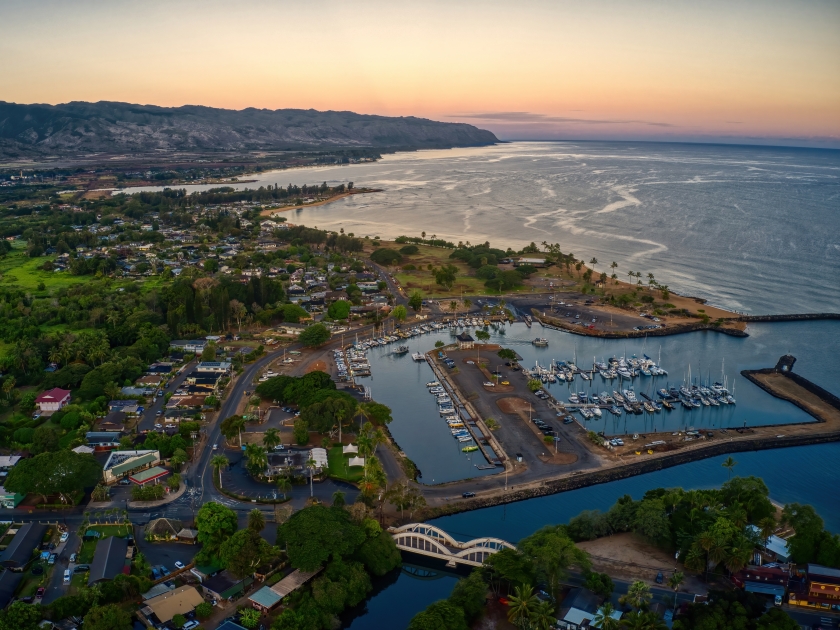
Hawaii’s main islands each offer distinct experiences: Oahu, known for its bustling city life in Honolulu and iconic Waikiki Beach; Maui, famous for its luxurious resorts and the scenic Road to Hana; Kauai, the “Garden Isle,” with its lush landscapes and dramatic cliffs; and the Big Island, home to active volcanoes and diverse ecosystems. While all these islands promise unforgettable adventures, Oahu stands out in terms of affordability, providing budget-conscious travelers with a wide range of economical options without compromising on the rich cultural and natural attractions Hawaii celebrates.
Accommodation Costs
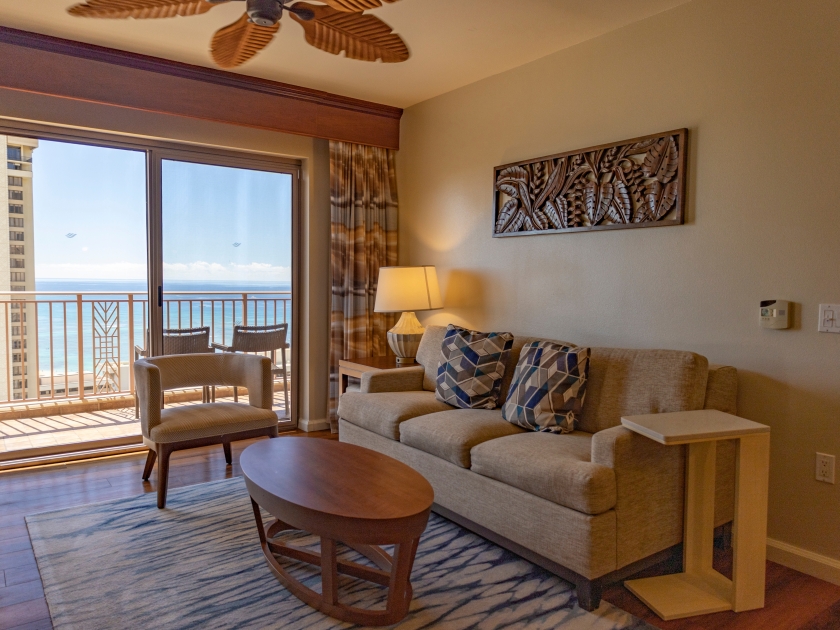
Average Hotel Room Rates on Each Island
The average hotel room rates across the Hawaiian islands vary, with Oahu consistently offering the most affordable options. The average room rate in Oahu is approximately $272 per night, significantly lower than the state average of $342, making it an economical choice for travelers.
Detailed Comparison of Oahu’s Hotel Rates versus Other Islands
Oahu’s hotel rates are approximately 21% less expensive than other Hawaiian islands, with an average rate of $306 per night, significantly lower than Maui’s $656, Kauai’s $459, and the Big Island’s $442. Midscale and economy rooms in Oahu are around $151 per night, about 30% less than similar accommodations on other islands. Luxury stays in Oahu also offer substantial savings, with potential reductions of up to $223 per night compared to luxury options in Maui.
Types of Accommodation Available on Oahu
Oahu offers a wide range of accommodations, from budget-friendly economy hotels to midscale options and luxury resorts. This variety ensures that travelers can find lodging that fits their budget and preferences, whether they’re looking for a simple place to sleep or a high-end experience.
Transportation Expenses
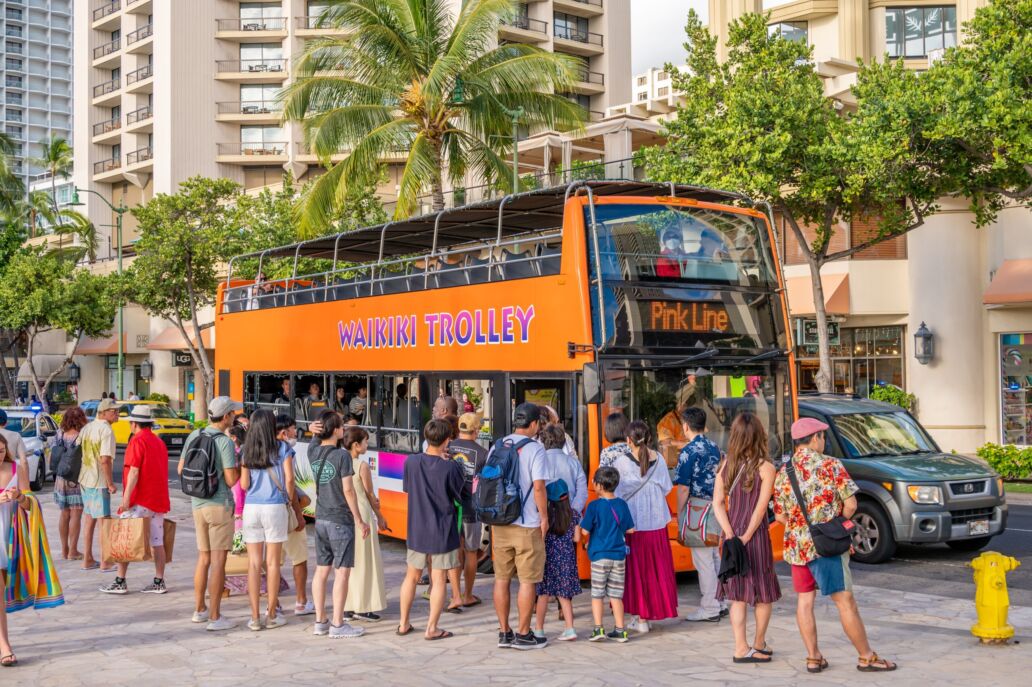
Overview of Transportation Options on Each Island
Transportation options vary across the Hawaiian islands, with choices including rental cars, public transportation, and rideshare services. While each island offers these modes of transport, the availability and convenience can differ significantly.
Cost Comparison of Rental Cars, Public Transportation, and Rideshares
In terms of cost, renting a car varies across the islands, with daily rates averaging around $83 on Oahu, $90 on Maui, $89 on Kauai, and $82 on the Big Island. Public transportation, such as Oahu’s TheBus, offers a more affordable alternative at $3.00 per ride or $7.50 for a day pass. Rideshare services like Uber and Lyft are also available, with average fares ranging from $15 to $40 for typical short trips, providing flexible options for getting around without the commitment of a rental car.
Specific Savings on Transportation in Oahu
Oahu, in particular, stands out for its cost-effective transportation due to its extensive bus network and the walkability of areas like Honolulu and Waikiki. This robust public transport system allows visitors to explore major attractions without needing a car, leading to significant savings. Additionally, for destinations harder to reach by bus, renting a car for just a day or using rideshares can further reduce overall transportation expenses.
Food and Dining

The Average Cost of Dining Out on Each Island
The average cost of dining out varies across the Hawaiian islands. On Oahu, you can expect to spend about $15-$25 per person for a meal at a mid-range restaurant. Maui tends to be more expensive, with meals averaging $20-$35 per person. Kauai’s dining costs fall between $18-$30 per person, while the Big Island’s average is around $17-$28 per person. Oahu offers the most affordable options and a wider range of budget-friendly choices, from casual eateries to high-end dining experiences.
Comparison of Grocery Prices and Dining options
When comparing grocery prices, Oahu often comes out on top with more competitive pricing due to the higher concentration of stores and competition. On average, a gallon of milk costs about $5.94 on Oahu, compared to $7.75 on Maui, $5.25 on Kauai, and $5.00 on the Big Island. A loaf of bread averages around $3.75 on Oahu, $6.33 on Maui, $4.25 on Kauai, and $4.00 on the Big Island. These lower grocery prices on Oahu allow visitors to save money by purchasing groceries and preparing meals themselves, which can significantly cut down on food expenses.
Affordable Dining Options in Oahu
Oahu boasts an array of affordable dining options, including popular food trucks and local eateries that offer delicious meals at reasonable prices. From the diverse selection of food trucks in Honolulu to charming, family-owned restaurants, visitors can enjoy a variety of cuisines without breaking the bank. These budget-friendly dining spots make it easy to experience the local flavors while keeping food costs low.
Activities and Entertainment
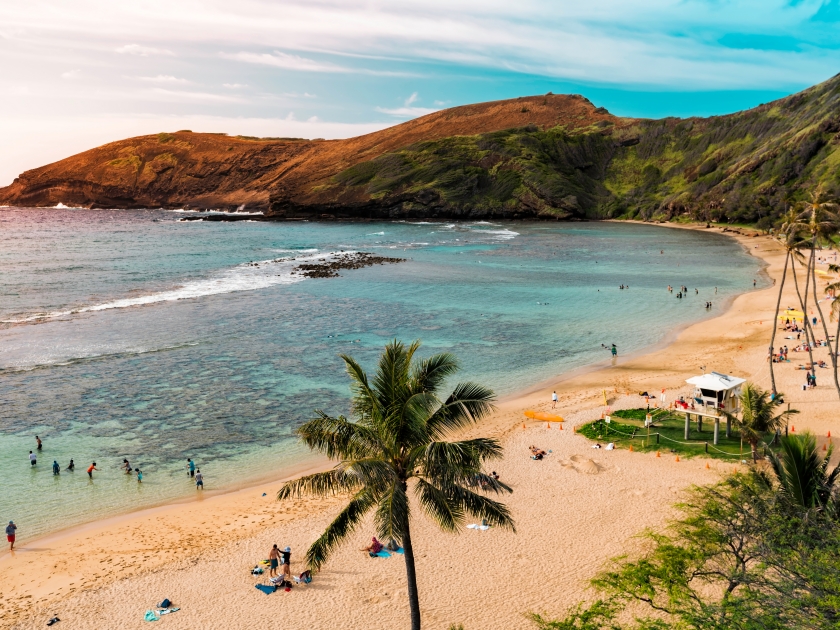
Breakdown of Typical Tourist Activities on Each Island
Tourist activities in Hawaii range from guided tours and water sports to cultural experiences and nature excursions. On Oahu, you can enjoy activities like snorkeling tours for around $75, surf lessons for about $60, and free attractions such as Waikiki Beach and the Pearl Harbor National Memorial. In comparison, Maui offers whale watching tours for approximately $100 and luaus for around $125. Kauai’s helicopter tours cost about $250, while kayaking tours are around $120. On the Big Island, visiting Hawaii Volcanoes National Park is $30 per vehicle, and manta ray night dives are about $100. Oahu stands out with numerous affordable and even free options, making it easier to enjoy a variety of activities without overspending.
Cost Comparison of Popular Attractions and Tours
When comparing costs, popular attractions and tours on Oahu generally have lower fees. For example, snorkeling tours, surf lessons, and historical site visits often cost less on Oahu due to the island’s higher volume of tourism services and competition among providers.
Free and Low-cost Activities Available on Oahu
Oahu is rich with free and low-cost activities, making it an ideal destination for budget-conscious travelers. Visitors can enjoy world-renowned beaches like Waikiki Beach, explore scenic hiking trails such as the Makapuʻu Point Lighthouse Trail, and visit cultural and historical sites without spending much. Notable examples include the free entry to the Pearl Harbor National Memorial and the modest $5 entrance fee to Diamond Head State Monument, with an additional $10 for parking, offering a mix of affordability and unforgettable experiences.
Overall Daily Spending
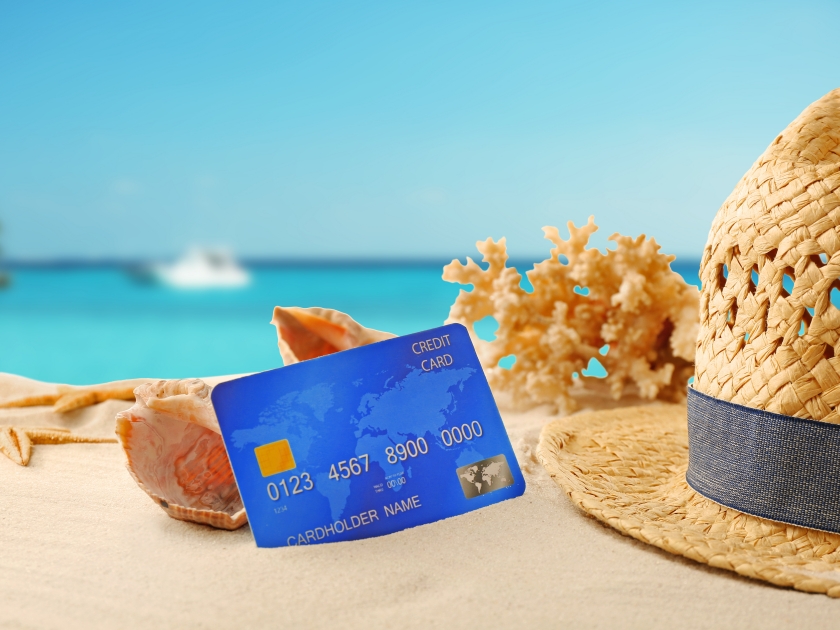
Average Daily Spending per Tourist on Each Island
The average daily spending per tourist varies across the Hawaiian islands, with Oahu consistently being the most economical. On Oahu, the average daily spending per person is around $200, covering accommodations, dining, transportation, and activities. In contrast, Maui’s daily spending averages about $350 per person, Kauai around $300, and the Big Island approximately $275. These differences make Oahu the most budget-friendly choice, allowing travelers to enjoy their stay without overspending.
Factors Contributing to Lower Daily Expenses on Oahu
Several factors contribute to these lower daily expenses on Oahu, including the higher concentration of hotels, restaurants, and attractions, which drives down prices through competition. Additionally, the island’s extensive public transportation system and abundance of free or low-cost activities help keep costs manageable for visitors.
Travel Tips for Budget-Friendly Trips
- Book Flights Early: Look for deals and book flights well in advance to get the best rates.
- Travel During Off-Peak Seasons: Plan your trip during less busy times to take advantage of lower prices.
- Use Public Transportation: Utilize Oahu’s efficient bus system to save on transportation costs.
- Stay in Budget Accommodations: Consider economy hotels, hostels, or vacation rentals for more affordable lodging options.
- Leverage Reward Points: Use travel credit card points and hotel rewards to reduce accommodation expenses.
- Eat Like a Local: Enjoy meals at food trucks, local eateries, and markets to save on dining.
- Shop at Grocery Stores: Buy groceries and prepare some of your meals to cut down on food costs.
- Take Advantage of Free Activities: Explore Oahu’s beaches, hiking trails, and cultural sites that don’t charge admission.
- Rent a Car for a Day: Instead of the entire trip, rent a car only when necessary for exploring areas beyond public transport reach.
- Compare Prices: Always compare prices for accommodations, tours, and activities to ensure you’re getting the best deals.
Ride the Wave of Savings: Plan Your Oahu Getaway!
Oahu emerges as the most budget-friendly Hawaiian island due to its lower accommodation rates, affordable dining options, and extensive free or low-cost activities. Planning a visit to Oahu ensures a cost-effective yet enriching Hawaiian vacation, where you can enjoy the island’s stunning beauty and vibrant culture without breaking the bank. To maintain your budget, leverage public transportation, savor local eats, and explore the many free attractions. Share your budget-friendly travel tips and dive deeper into planning by reading “How Much Does a Trip to Hawaii Cost in 2024?” for more insights.



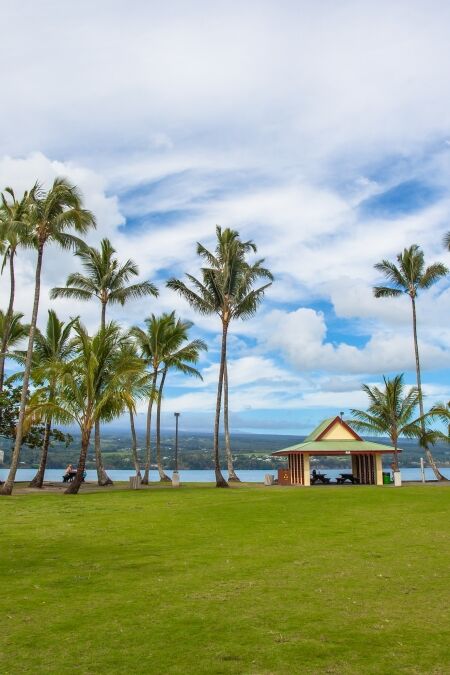
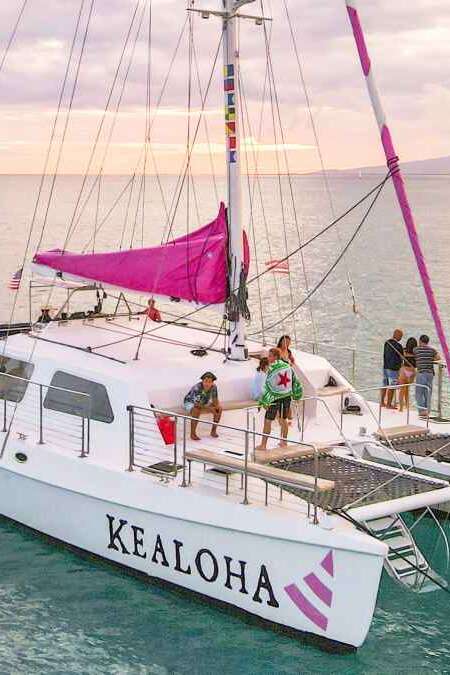
I’m looking forward to visiting me and my sister want to do some shopping and enjoy a delicious tropical mixed drink and I’m looking forward to enjoying all the fresh fruits they have to offer and I’m totally looking forward to a luau on the beach.. I’ll be seeing you all very soon this year 2025 I’m super excited and I’d love to bring my teenage granddaughter she would love this thank goodness I’m still in good shape to be able to hike and kayak with her.I think I’m a pretty cool 58 year old grandma LOL